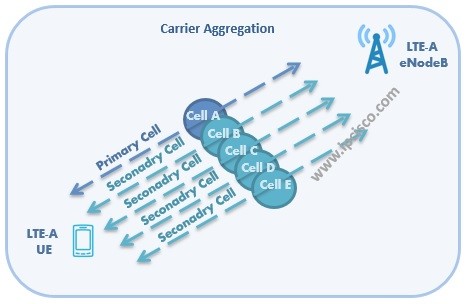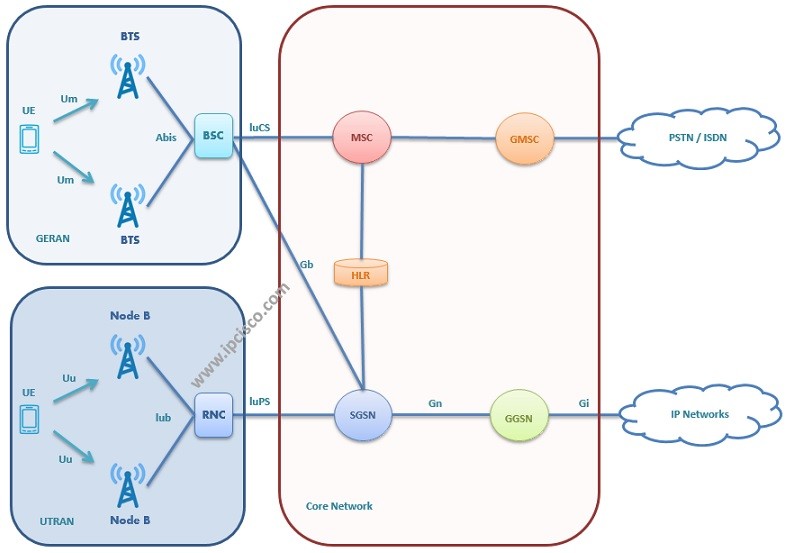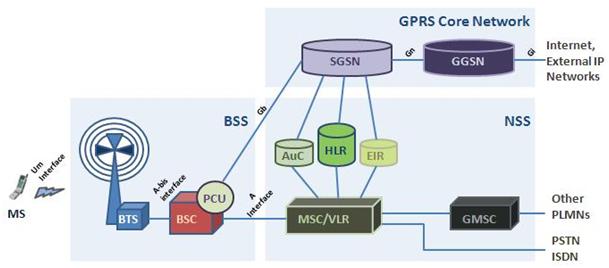The evolution of the 2G technology to LTE technology is in three types:
- Technical evolution : The new network elements are developed with new technology
- Network Evolution : General functionality of network will change
- Service Evolution : Demand generated by the end user will increase
To understand deeply, we will summarize the mobile technologies in order beginning with 2G.
Table of Contents
GSM (Global System for Mobile Communication)
GSM is an ETSI standard to describe the second generation(2G) digital cellular networks. The original name was “Groupe Spécial Mobile”. Uses circuit switched network. With its evolution and adding packet switched networks, new generation technologies GPRS, EDGE, UMTS and at last LTE is introduced.
The basic GSM architecture is below. Here, as you can see GSM architecture is divided 4 subsystems:
- Mobile Station (MS)
- Base station Subsystem (BSS) : Radio path control
- Network Subsystem (NSS) : Call control
- Network Management Subsystem (NMS) : Operation and maintenance
mobile equipment + subscriber data (Service Identity Module-SIM)
BSS
Base Station Controller (BSC): Maintains radio connections towards MS and terrestrial connection towards the NSS.
Base Transceiver Station (BTS): Air interface signalling, ciphering and speech processing.
Evolution from 2G to LTE (Part 1 – GSM)
Evolution from 2G to LTE (Part 2 – GPRS)
Evolution from 2G to LTE (Part 3 – EDGE)














Thank you so much for this piece, can u pls try to include VAS Application to the architecture.
Good One, Please also include how can we integrate the devices such as MSS & MGW in NSS domain with the IP Transport devices such as routers and switches and what devices are involved at each step of call setup in NSS Domain.
The role of Signaling Transfer Protocol and its integration with IP devices as well.
Thanks & Regards
Malik